A substance made up of two or more distinct elements chemically bound together is referred to as a compound in the context of chemistry. To create a unique and stable molecular structure, these components must combine in precise ratios. In contrast to the constituent parts, compounds might exhibit unique characteristics and behaviors. Compounds include things like carbon dioxide (CO2), sodium chloride (NaCl), and water (H2O). Follow us for more information about properties of the compound and properties of the granule.
Compound applications
Properties of the Compounds are used extensively in many different fields. Typical uses for compounds include the following:
- Pharmaceuticals: Properties of the Compounds are used in the development of several pharmaceuticals and therapies. Active pharmaceutical ingredients (APIs), which can treat illnesses and enhance human health, are made by synthesizing compounds.
- Materials and Polymers: Materials and polymers are made using compounds. For instance, polymerization methods are used to combine various substances to create synthetic fibers, rubber, and plastics.
- Agriculture: Fertilizers, insecticides, and herbicides are made using compounds. These substances contribute to increased crop growth, plant disease and insect resistance, and increased agricultural output
- Energy: The creation and storage of energy depend heavily on compounds. For example, certain chemical components are necessary for the efficient storage and release of electrical energy in materials like lithium-ion batteries.
- Building: Materials for building use compounds. For instance, to create a substance with strong and long-lasting qualities, cement, water, and aggregates are combined to create concrete.
- Personal care goods: A variety of personal care goods, including shampoos, soaps, skincare products, and cosmetics, contain compounds. These substances have the desired qualities of hydrating, cleaning, and scenting.
- Food and Beverage Industry: To improve texture, maintain freshness, and enhance flavor, compounds are employed as food additives. Preservatives, sweeteners, emulsifiers, and flavor enhancers are a few examples.
- Cleaning Products: Both industrial and domestic cleaning products contain compounds. Effectively removing filth, grease, and stains is made possible by compounds such as detergents, surfactants, and solvents.
These are but a handful of the many uses for compounds across a wide range of industries. Properties of the Compounds are essential to the development of technology, the enhancement of goods, and the satisfaction of societal demands.
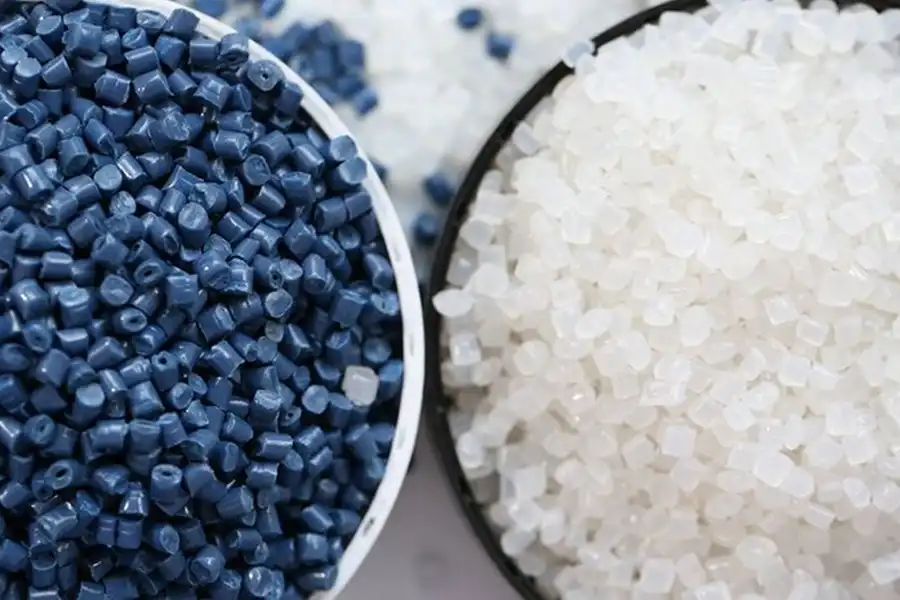
Properties of the granule
Properties of the Compounds are distinguished from one another by unique qualities, and these features can be used to classify compounds based on similarities or differences. Some chemicals are made specifically to have improved or novel qualities. For example, despite their similar appearances, iron rusts when oxygen is introduced, but aluminum is not impacted. Although it corrodes slowly, aluminum can corrode when exposed to heavy metals. On the other hand, a corrosion-resistant complex known as iron aluminide is created when these two elements are combined. Physical and chemical qualities are the two basic categories into which the properties of substances can be divided. The next section of this lecture will go into more detail about these two categories.
Read more: What is a granule?
Production and Properties of the granule
Depending on the context, Properties of the granules can relate to a wide range of things, including plastic, metal, medications, and agricultural products. The following procedures are often involved in the creation and processing of granules:
- Raw Material Preparation: The raw materials that will be utilized to create the properties of granules must be chosen and ready to use. This may entail pulverizing, chopping, or melting the raw material into an appropriate shape.
- Mixing (Optional): Depending on the situation, blending different raw materials may be necessary to give the granules the right composition or qualities. Usually, mixing is done using specialized tools like mixers or blenders.
- Granulation Process: The prepared raw material is transformed into granules through the granulation process. The particular technique employed is determined by the material’s makeup and the granules’ intended properties. A few popular granulation methods are as follows:
- Sizing and Screening: To obtain a certain particle size distribution, the granules that are produced during granulation may need to be sized or screened. Usually, screens or sieves are used for this, dividing the grains into various size fractions.
- Drying (if applicable): To get rid of any remaining moisture, the properties of granules that were granulated wet must be dried. This is crucial to keep the granules from deteriorating or spoiling while they are being stored.
- Post-processing (if applicable): Extra post-processing actions can be needed, depending on the particular application. This may entail adding colorants or additives, covering the granules in a protective layer, or further refining the granules to satisfy particular quality requirements.
- Packaging and Storage: The last stage is to package the granules for distribution and storage by placing them in appropriate bags or containers. To keep the granules safe from moisture, contamination, or deterioration, proper packaging is necessary.
It’s crucial to remember that the particulars of granule EVA and granule PVC manufacture and processing might differ greatly based on the material and business involved. The steps listed above give a broad overview of the procedure; nevertheless, for more precise information, it is always required to refer to industry-specific rules and protocols.
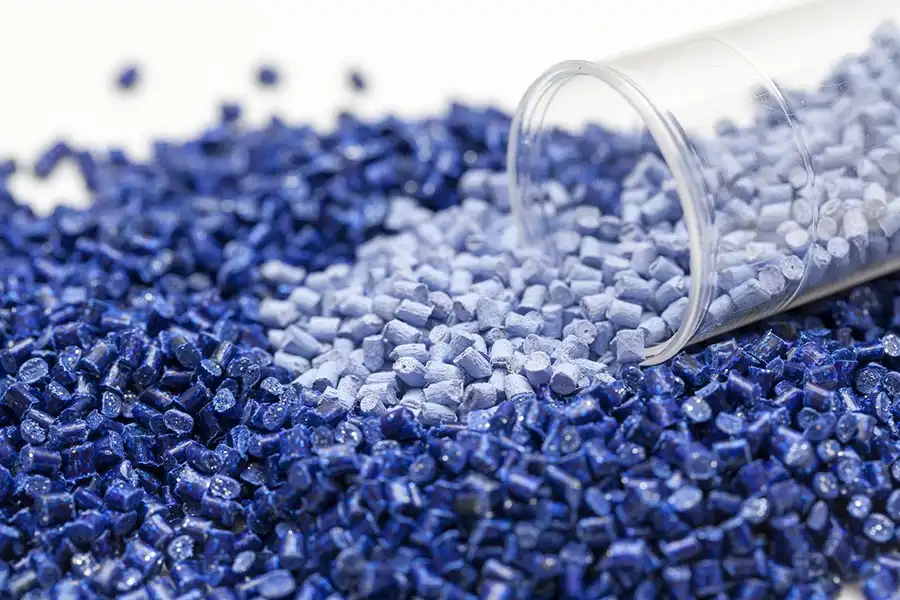
Different types of compounds
It is untrue to say that “ionic compounds are formed by a metal and a nonmetal, while covalent compounds are formed by two metals.” Ionic compounds, which frequently contain both metals and nonmetals, entail the transfer of electrons between atoms, whereas covalent compounds involve nonmetals sharing electrons. It can be observed that ionic compounds have greater melting and boiling points than covalent compounds. There are some exceptions, like positively charged metal ions in metallic complexes bound together by delocalized electrons.
Industrial use of granules
Properties of the Granules are used extensively in the electro-technical industry to create electrical and electronic components such as switches, covers, connectors, and cables. Because of their excellent insulation, heat resistance, and chemical resistance qualities, plastics are frequently utilized in these applications. Plastics offer strong electrical insulation that protects cables and connectors from electrical leakage. They are appropriate for components functioning in hot settings because they can tolerate high temperatures without losing their structural integrity. Long-term durability is ensured by the high resilience that plastics show against hostile substances. Properties of the granules also provide design versatility, enabling the creation of unique features and shapes. When compared to other materials, they are more affordable and help create lightweight, productive production processes. All things considered, plastic granules are essential to the production of dependable and long-lasting electrical and electronic components.
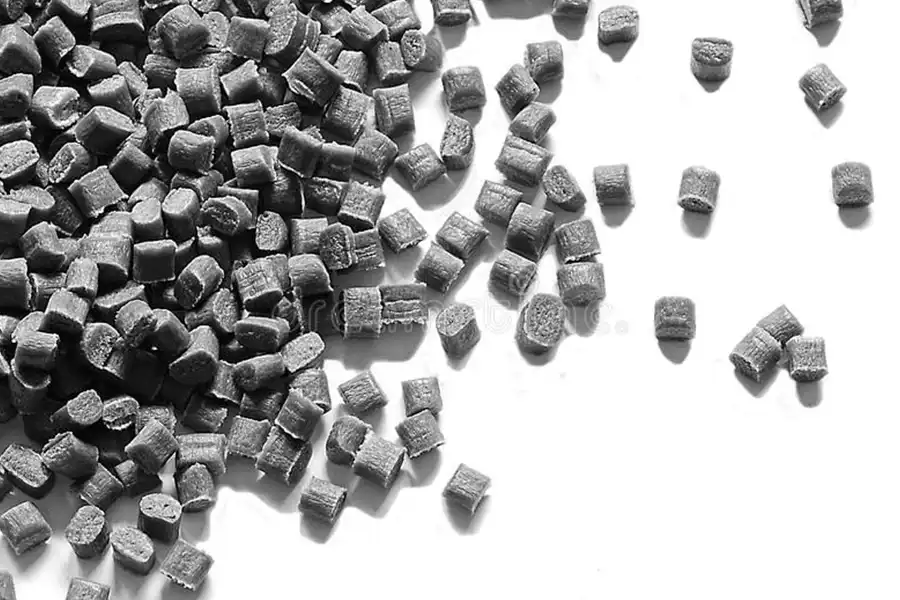
Advantages and disadvantages of compounds
In the language of chemistry, properties of the compounds are materials created by combining two or more elements in predetermined ratios. They have a number of benefits and drawbacks, which I’ll list below:
Advantages of Compounds
- Chemical Stability: Compared to individual components, properties of the compounds are frequently more stable. Compounds that have bonds between distinct atoms have lower energy states than their constituent elements, which reduces the compound’s reactivity. For many real-world applications, this stability is crucial.
- Controlled Properties: properties of the compound may have particular characteristics distinct from those of its component parts. Compounds with the appropriate qualities can be created by mixing materials in different proportions or configurations. This makes it possible to design materials with high strength, conductivity, or heat resistance, for example, or to modify them to fulfill certain requirements.
- Versatility: properties of the Compounds can be used in a lot of different contexts. They are employed in the construction, electronics, pharmaceutical, and agricultural sectors. The creation of novel materials, catalysts, medications, fertilizers, and much more is made possible by compounds.
- Synergistic Effects: A compound’s total qualities can occasionally be greater than the sum of the parts when the ingredients in the compound work together to create synergistic effects. Better performance or new functionality that would not be possible with separate pieces may result from this.
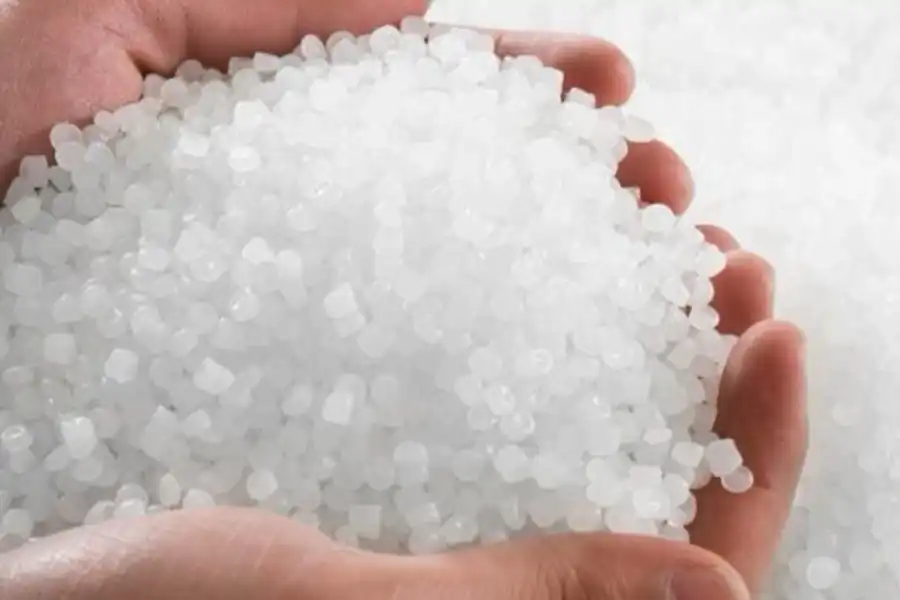
Read more: Properties of EVA granules
Disadvantages of compounds
- Complexity: properties of theCompounds can be intricate in both their synthesis and composition. A thorough understanding of a compound’s reactivity, characteristics, and chemical structure is frequently necessary to comprehend how it behaves. Compound manipulation and study can be difficult due to their intricacy.
- Environmental Impact: Certain substances can be harmful to the environment, particularly if they are made of non-renewable resources or contain ingredients that are dangerous. When some substances are released or disposed of improperly, pollution and ecological harm may result.
- Safety Issues: Certain substances may be hazardous to one’s health or well-being. For instance, some substances might be combustible, toxic, or corrosive. It is essential to handle and store compounds carefully in order to protect both the environment and personnel.
- Cost and Resources: Specialized energy, resources, and manufacturing techniques are frequently needed for the synthesis of chemicals. The economics and viability of mass-producing a given compound might be affected by the cost and availability of various resources.
It’s important to remember that a compound’s benefits and drawbacks can change based on the particular compound, its intended application, and the surrounding circumstances.
KaraChemicals Holding, as a commercial unit of “Hani Shimi Kara Plast” company, with modern Laboratory equipment, advanced machinery, and the cooperation of polymer experts and engineers have succeeded in producing high-quality PVC and EVA granules. As far as the products of this collection are not only in the country but also in the markets of Iraq, Russia, Pakistan, UAE, Syria, Azerbaijan, Qatar, and other Central Asian countries.
A compound is a material created through the chemical reaction of two or more constituents. Its attributes include being created by chemical interactions, having a fixed composition, and possessing unique qualities that set it apart from its component parts.
Advantages of compounds: Synergy, stability, and customization for enhanced functionality. Disadvantages of compounds: Complex production, specialized processes, compatibility issues, and potential risks.

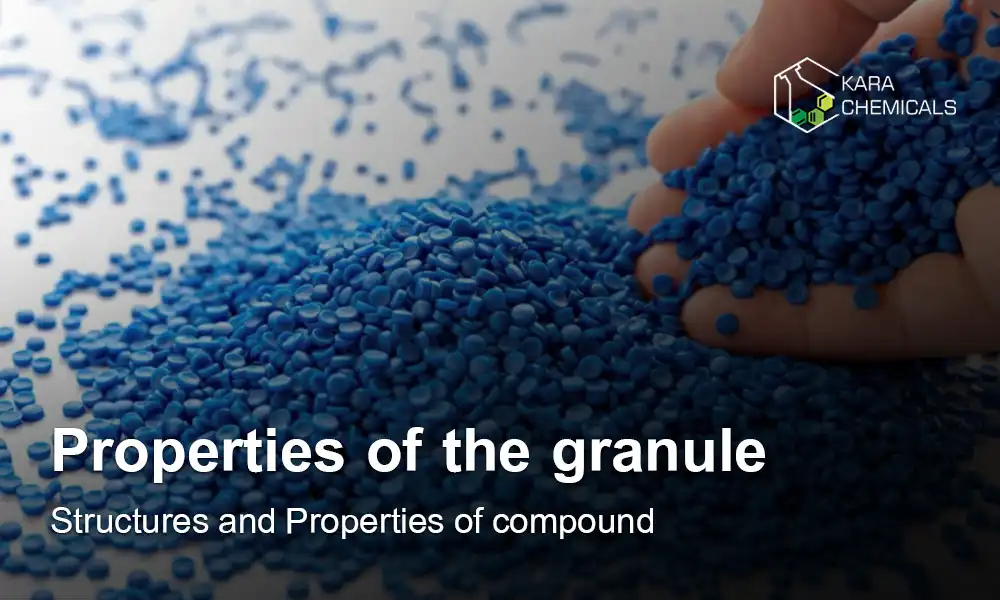
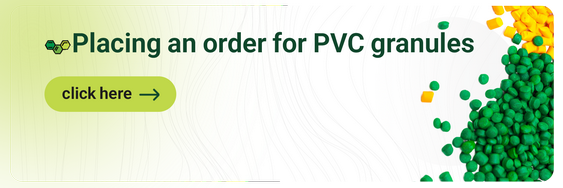



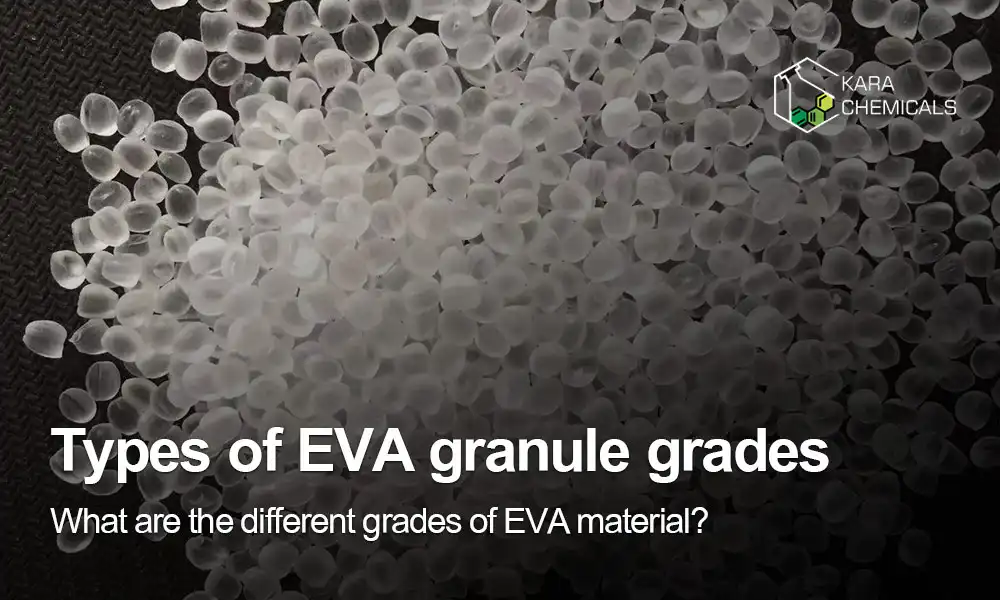
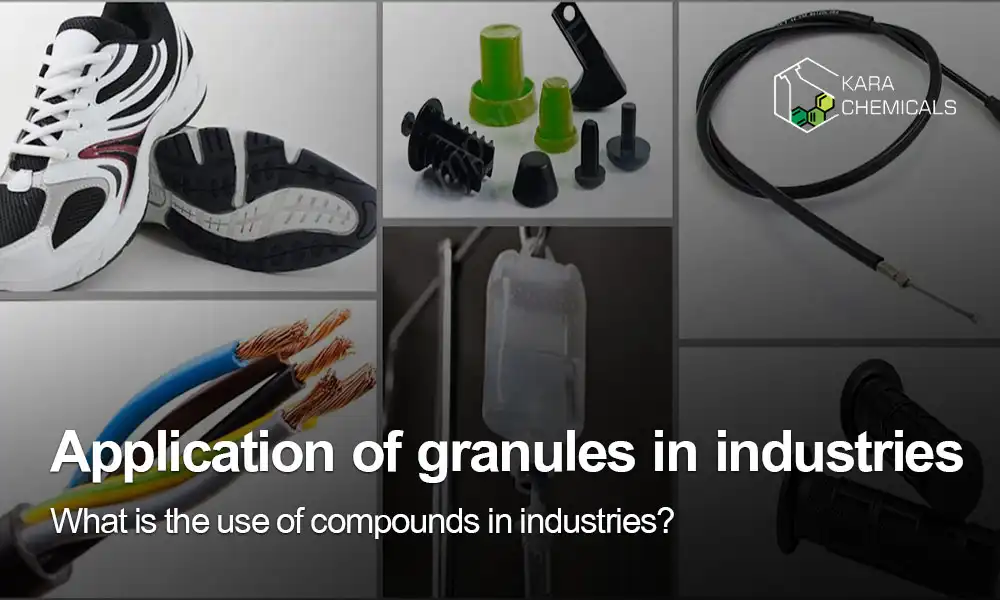
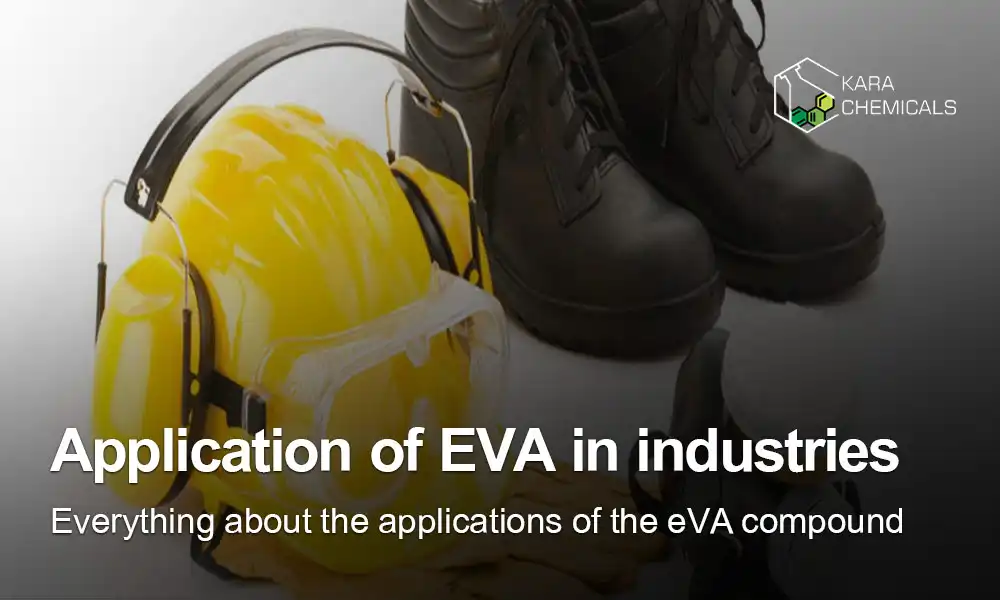
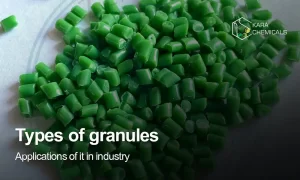
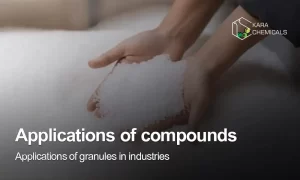
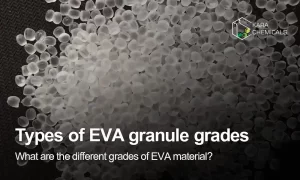
4 thoughts on “Properties of the granule: Structures and Properties of compound”